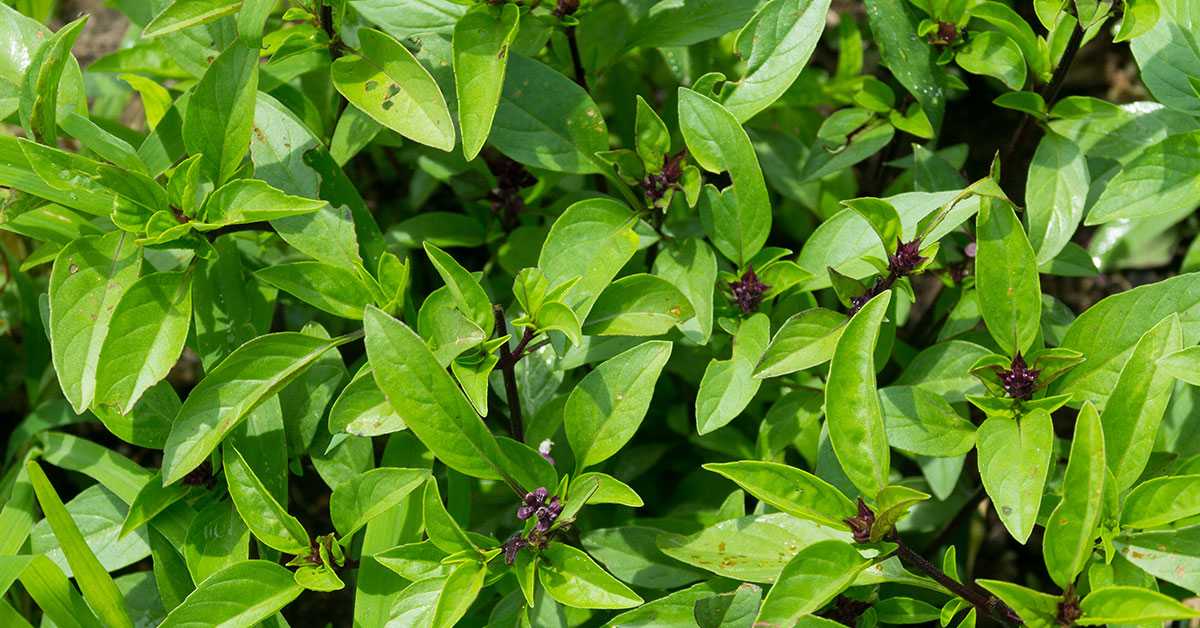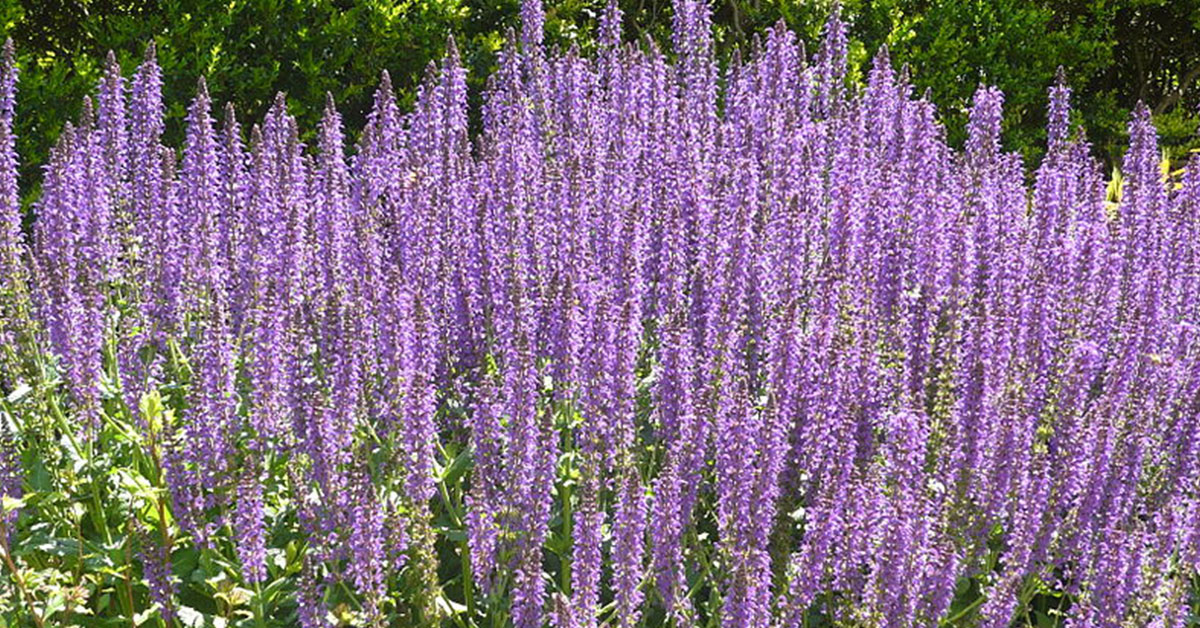As gardeners, we often seek out new and exciting plants to cultivate, and herbs are no exception. While familiar favorites like basil and rosemary are wonderful, there’s a whole world of lesser-known herbs that can add unique flavors, fragrances, and medicinal benefits to your garden. Growing these exotic herbs not only diversifies your garden but also enhances your culinary and herbal repertoire!
In this article, I’m excited to introduce you to ten exotic, lesser-known herbs that you can grow in your garden this year. Each of these herbs has a rich history and unique uses, making them fantastic additions to your green space. Let’s explore these botanical gems and discover how they can enrich your gardening experience!
Epazote
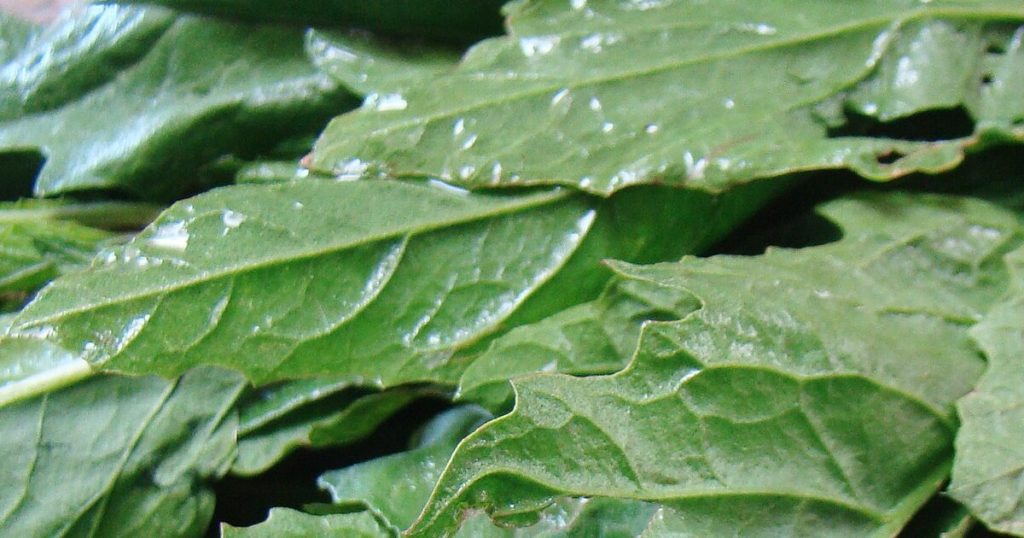
Epazote (Dysphania ambrosioides) is a distinctive herb native to Central and South America, particularly Mexico. It has been used for centuries in traditional Mexican cuisine, primarily to flavor bean dishes, soups, and stews. The herb’s unique, pungent aroma and taste are often described as a mix of mint, oregano, and camphor, making it a fascinating addition to your culinary garden.
Epazote is also known for its medicinal properties, particularly for its ability to reduce the gas-inducing effects of beans. To grow epazote, plant it in well-drained soil with plenty of sunlight. It’s quite hardy and can tolerate poor soil conditions, but be mindful, as it can become invasive if left unchecked. Harvest the leaves regularly to encourage new growth and prevent it from taking over your garden.
Shiso
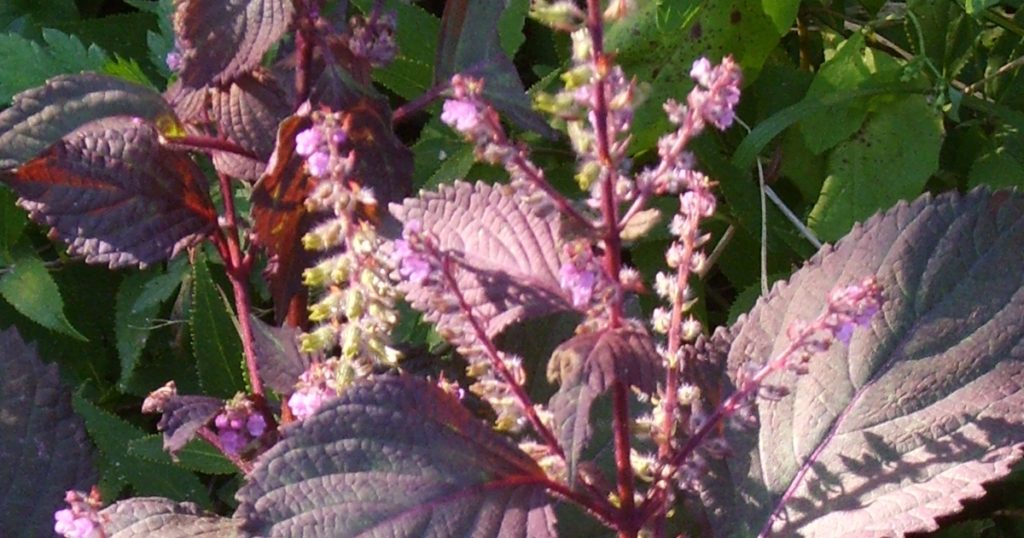
Shiso (Perilla frutescens), also known as Japanese basil or perilla, is a popular herb in Japanese and Korean cuisine. Originating from East Asia, shiso comes in both green and red varieties, each with a slightly different flavor profile. The leaves have a complex taste, combining elements of mint, basil, anise, and cilantro, making them a versatile ingredient in salads, sushi, and pickles.
Shiso is relatively easy to grow and prefers a sunny location with well-drained soil. Sow the seeds after the last frost and thin the seedlings to ensure proper spacing. Regular harvesting of the leaves encourages bushier growth and a continuous supply of this delightful herb. Shiso can also be grown in containers, making it a great option for small gardens or patios.
Lovage
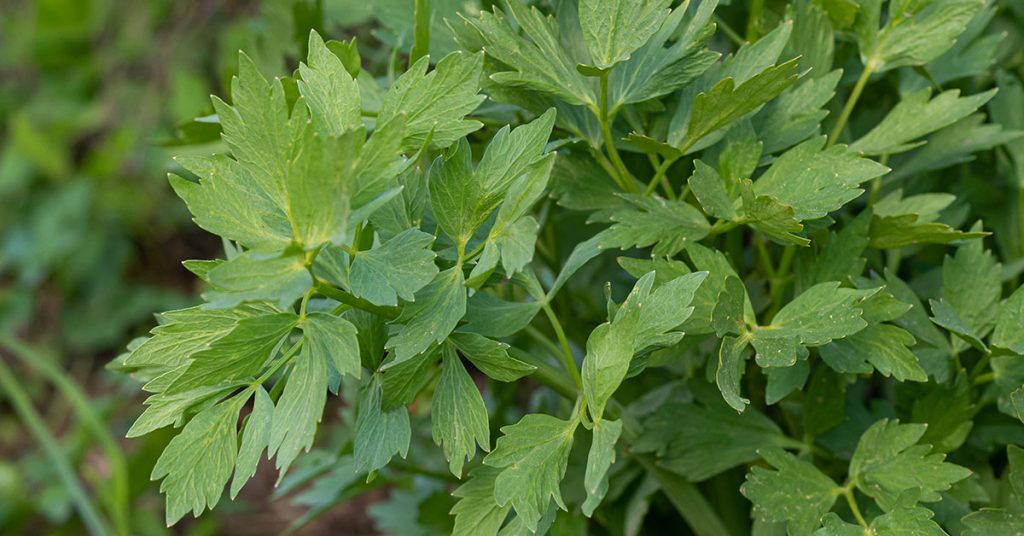
Lovage (Levisticum officinale) is a hardy perennial herb native to the Mediterranean region. It has a flavor similar to celery but with a more intense, aromatic quality. Lovage leaves, stems, and seeds are used in a variety of dishes, including soups, stews, and salads. The seeds can also be used as a spice, similar to fennel or caraway.
Lovage grows best in rich, well-drained soil with plenty of sunlight, though it can tolerate partial shade. It can grow quite large, so be sure to give it plenty of space in your garden. Regular harvesting of the leaves will promote new growth and help keep the plant manageable. Lovage is also known for its medicinal properties, particularly for digestive health.
Lemongrass
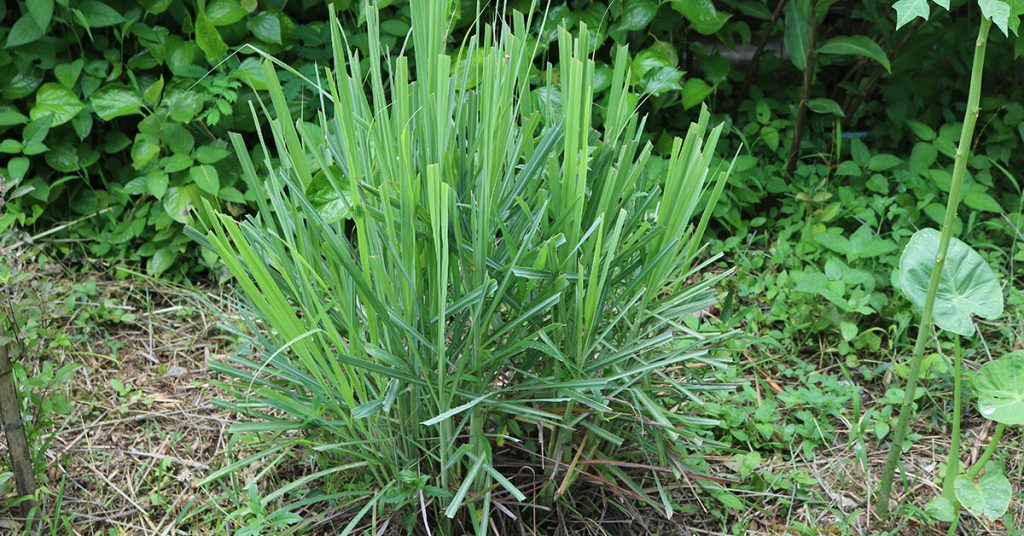
Lemongrass (Cymbopogon citratus) is a tropical herb native to Southeast Asia, widely used in Thai, Vietnamese, and Indonesian cuisines. It has a refreshing lemony flavor with hints of ginger, making it perfect for soups, curries, and teas. The stalks are the primary part used in cooking, though the leaves can also be brewed into a fragrant tea.
Lemongrass thrives in warm, sunny conditions with well-drained soil. In cooler climates, it can be grown in pots and brought indoors during the winter. Plant the stalks in spring and water regularly to keep the soil moist but not waterlogged. Harvest the stalks when they reach about a foot tall, cutting them close to the base to encourage new growth.
Borage
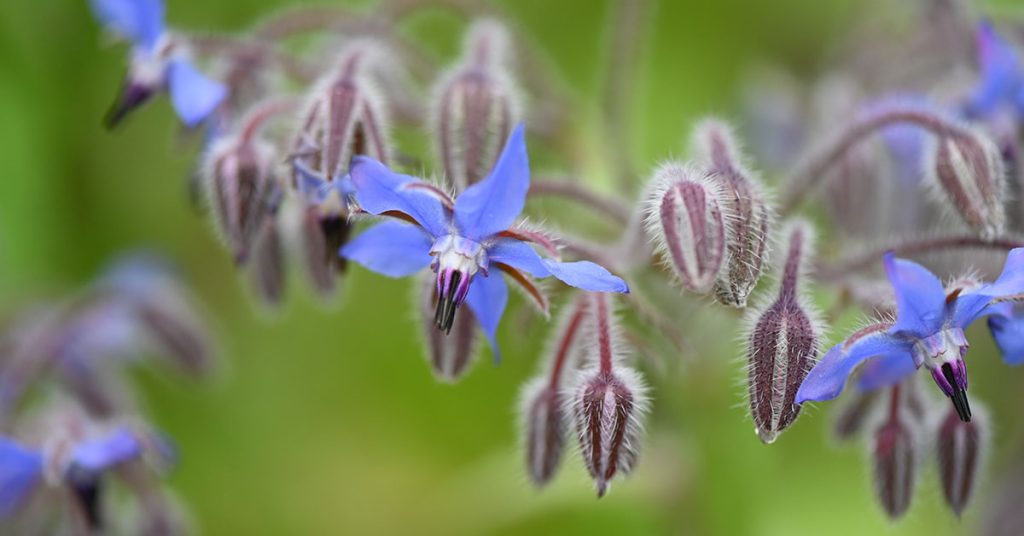
Borage (Borago officinalis) is an herb native to the Mediterranean region, known for its striking blue flowers and cucumber-like flavor. The leaves and flowers are edible and can be used in salads, beverages, and garnishes. Borage is also valued for its medicinal properties, including its anti-inflammatory and diuretic effects.
Borage is a hardy annual that grows well in well-drained soil and full sun. It can reach up to three feet in height and tends to reseed itself, making it a low-maintenance addition to your garden. Plant borage seeds directly in the garden after the last frost and thin the seedlings to allow ample space for growth. Regular harvesting of the leaves and flowers will encourage more blooms throughout the growing season.
Culantro
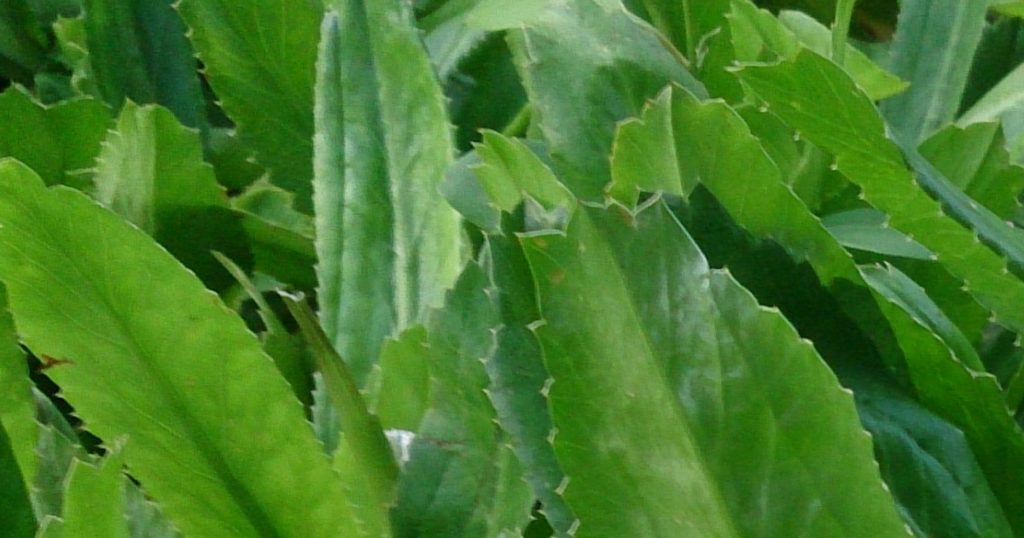
Culantro (Eryngium foetidum) is a tropical herb native to Central and South America and the Caribbean. It is often used as a substitute for cilantro, offering a similar but more robust flavor. Culantro is commonly used in Caribbean, Latin American, and Asian cuisines, particularly in soups, stews, and sauces.
Culantro prefers shady, moist conditions and can be grown in containers or directly in the ground. Plant the seeds in a well-drained soil mix and water regularly to keep the soil consistently moist. Harvest the leaves as needed, cutting them close to the base to encourage new growth. Culantro is a slow-growing herb, but its strong flavor means a little goes a long way in your dishes.
Sorrel
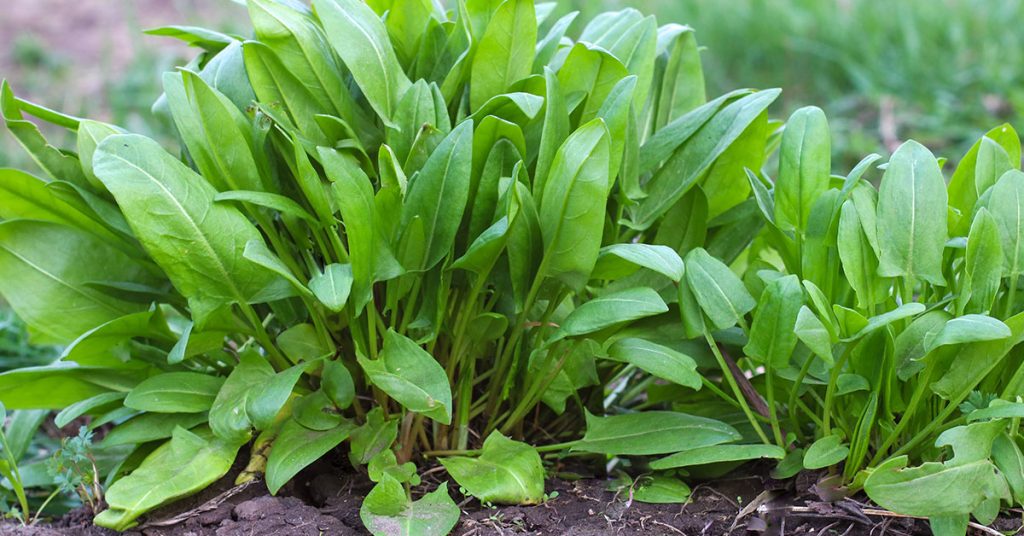
Sorrel (Rumex acetosa) is a perennial herb native to Europe and Asia, known for its tangy, lemony flavor. The young leaves are delicious in salads, soups, and sauces, adding a refreshing acidity to dishes. Sorrel is also rich in vitamins and minerals, making it a nutritious addition to your garden.
Sorrel is easy to grow and prefers full sun to partial shade and well-drained soil. It is a hardy plant that can tolerate a range of soil conditions. Sow the seeds in early spring and thin the seedlings to provide enough space for mature growth. Regular harvesting of the leaves will encourage new growth and prevent the plant from becoming too leggy.
Vietnamese Coriander
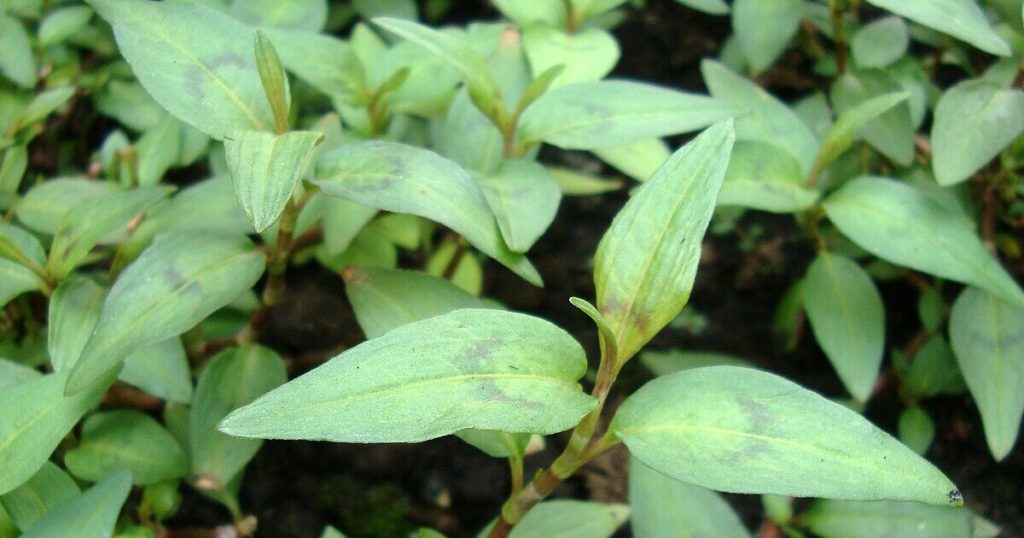
Vietnamese coriander (Persicaria odorata) is an herb native to Southeast Asia, commonly used in Vietnamese and Thai cuisines. It has a flavor similar to cilantro but with a slightly peppery and lemony note. Vietnamese coriander is often used in soups, salads, and spring rolls, providing a fresh and aromatic touch.
Vietnamese coriander prefers warm, humid conditions and can be grown in pots or directly in the garden. It thrives in full sun to partial shade and well-drained soil. Plant cuttings or seeds in the spring and keep the soil consistently moist. Regularly harvesting the leaves will promote bushier growth and ensure a steady supply of this flavorful herb.
Holy Basil
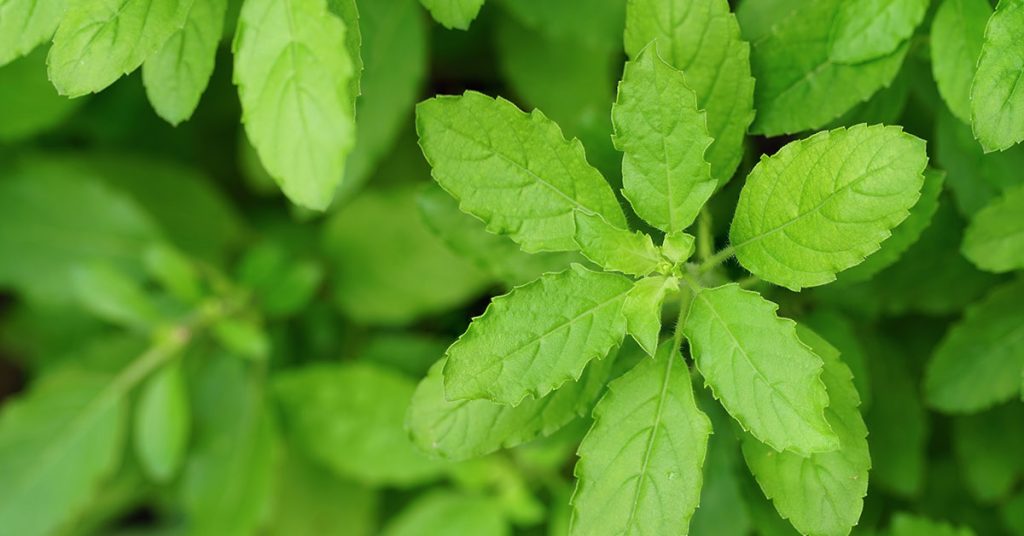
Holy basil (Ocimum tenuiflorum), also known as tulsi, is an herb native to India, where it is revered for its medicinal properties and religious significance. Holy basil has a unique flavor, combining elements of clove, anise, and mint, making it a wonderful addition to teas, salads, and cooked dishes. It is also known for its adaptogenic properties, helping to reduce stress and promote overall well-being.
Holy basil grows best in warm, sunny conditions with well-drained soil. Sow the seeds in the garden after the last frost or start them indoors and transplant them once the weather warms up. Regularly harvest the leaves and flowers to encourage new growth and prevent the plant from becoming too woody. Holy basil can also be grown in pots, making it a versatile addition to any garden.
Anise Hyssop
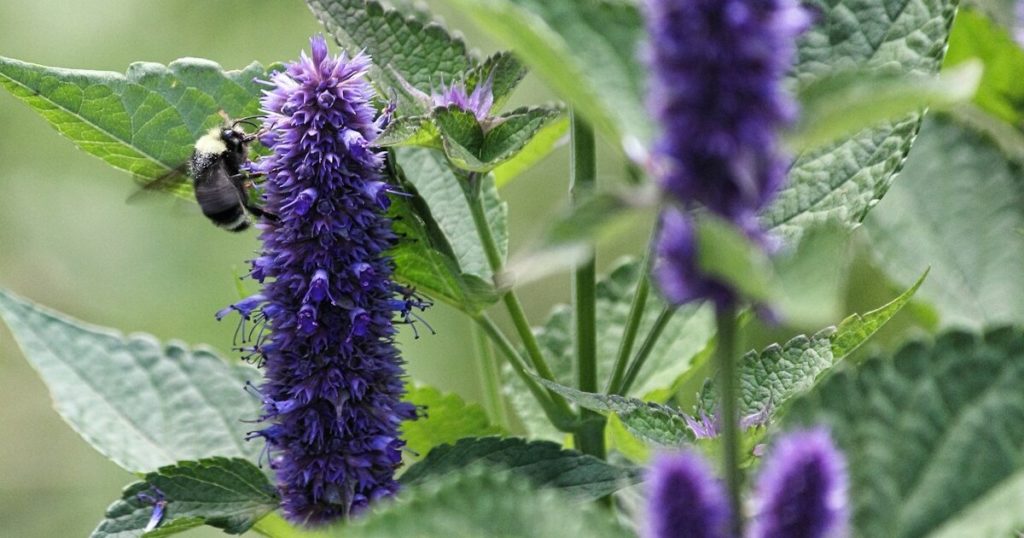
Anise hyssop (Agastache foeniculum) is a perennial herb native to North America, known for its licorice-like flavor and attractive purple flowers. The leaves and flowers can be used in teas, salads, and desserts, adding a sweet, aromatic touch to dishes. Anise hyssop is also a favorite among pollinators, making it a beneficial addition to your garden.
Anise hyssop prefers full sun and well-drained soil. It is a hardy plant that can tolerate a range of soil conditions, including poor soil. Sow the seeds in the garden after the last frost and thin the seedlings to provide enough space for mature growth. Regularly harvesting the leaves and flowers will encourage more blooms and keep the plant healthy.
